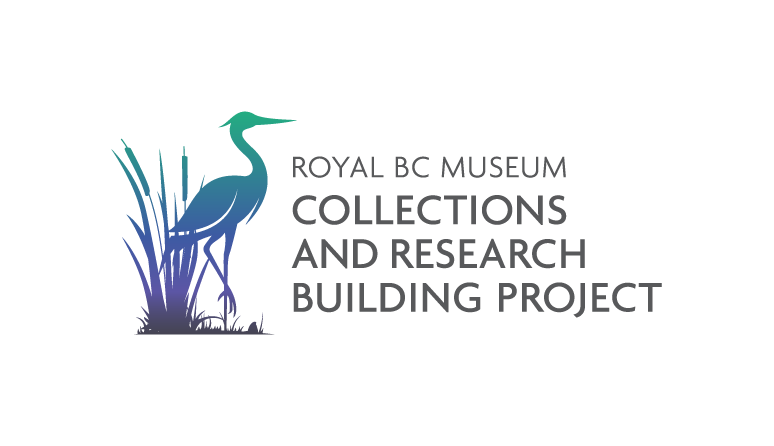Frequently Asked Questions
Yes, the CRB will be open to the public. The public will be able to view artifacts and displays, access the BC Archives, watch researchers at work through accessible lab areas, and engage with museum staff on site and online. Currently, less than 1% of the collections of BC are on display. The new facility will enhance access for researchers and the public. People will also be able to participate in a range of free and paid learning opportunities, both in-person and online.
No, the Royal BC Museum will host exhibitions. The CRB will house the Province’s vast collections and make it easier for people to access them. Once built the collections and research building will be open to the public. People will be able to view artifacts and displays, watch researchers at work through accessible lab areas, and engage with museum staff on site and online.
The B.C. Government chose the Royal Bay site based on multiple factors including its proximity to the downtown museum, readiness of the site and support of the local community and First Nations. The new site reduces the potential risk to the collections from seismic events including tsunamis. It means the government can build a purpose-built facility that meets international best practices and standards. The Royal BC Museum will engage with the community throughout the project.
Construction began in the summer of 2023 and is anticipated to reach completion in late 2025.
The CRB will feature outdoor learning spaces with native plants featured in the landscaping. People can learn more about biodiversity and the interconnectedness of all living things through interdisciplinary programs and exploring the outdoor space. The CRB will use mass timber construction. Mass timber products come from a renewable resource. The CRB will reflect CleanBC energy efficiency standards.
People will also be able to participate in a range of free and paid learning opportunities, both in-person and online. The building will have indoor learning labs (classrooms) as well as outdoor learning spaces with native plants featured in the landscaping.
Here are some examples of the types of learning opportunities that may be available:
- Families can visit and view select items from the collection.
- People who want to learn more about objects in the collection or want to connect with other learners around the province and the country.
- Students can take part in field trips, special lectures and guided tours with museum curators.
- Researchers from across the province and around the world can visit, collaborate and work with the collections.
- People can learn more about biodiversity, and the interconnectedness of our planet through interdisciplinary programs and exploring the outdoor space.
It is estimated the CRB will create approximately 1000 direct and indirect jobs during construction while at the same time creating demand for sustainable building materials such as mass timber.
